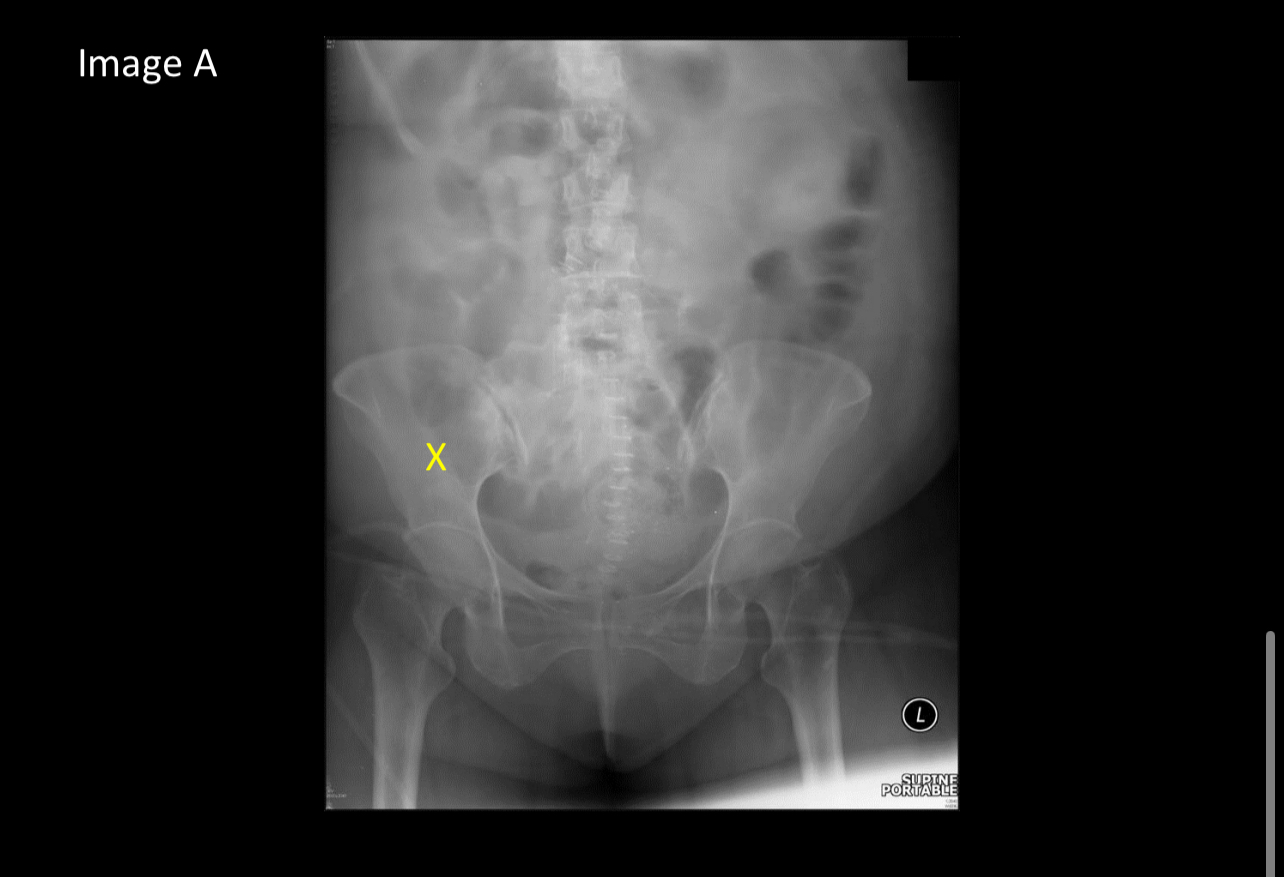Identifying Positions and Projections
1/18
There's no tags or description
Looks like no tags are added yet.
Name | Mastery | Learn | Test | Matching | Spaced |
|---|
No study sessions yet.
19 Terms
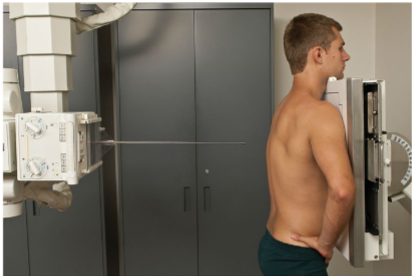
Identify patient’s position & projection
position:
erect/upright
projection:
PA
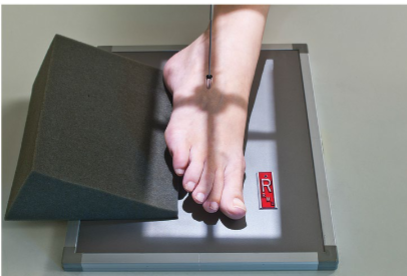
Identify patient’s position & projection
position:
Medial rotation
projection:
AP oblique
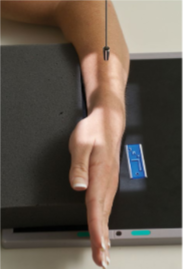
Identify patient’s position & projection
Position:
Lateral
Projection:
Lateromedial (remember anatomical position - thumb side is lateral with palms up)
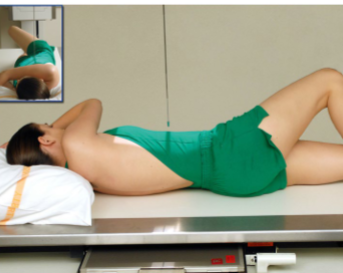
Identify patient’s position & projection
Position:
LPU lent posterior oblique
projection:
AP oblique
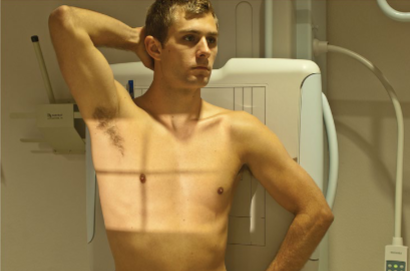
Identify patient’s position & projection
Identify the patient's position:
LPO left posterior oblique
Identify the projection:
AP oblique
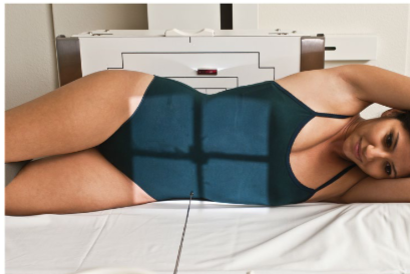
Identify patient’s position & projection
Identify the patient's position:
Left lateral decubitus (note horizontal beam)
Identify the projection:
AP

Identify patient’s position & projection
Identify the patient's position:
dorsal decubitus (note horizontal beam)
Identify the projection: lateral
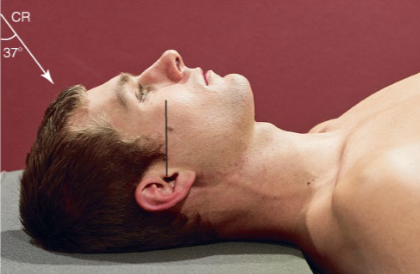
Identify patient’s position & projection
Identify the patient's position:
supine
Identify the projection:
AP axial (note angled CR)
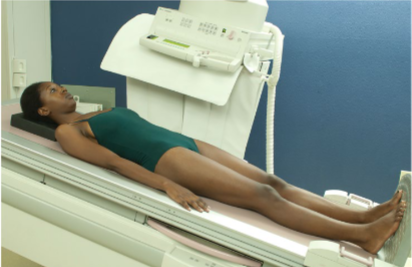
Give an example of a study that this position may be used for?
Upper GI series
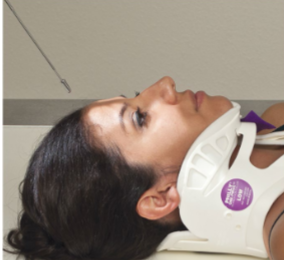
Does this image show a cephalic or caudal angle of the CR?
caudal (angled toward feet)

Identify the projection seen here:
mediolateral
Describe an AP axial projection:
central ray is angled (cephalad or caudad); CR enters anterior surface and exits posterior
Why is a horizontal beam used for decubitus positions?
to demonstrate air-fluid levels (air rises/fluid settles)
What side of the patient is closest to the image receptor when in the right anterior oblique position?
right anterior
What side of the patient is closest to the image receptor when in the left anterior oblique position?
left anterior
What side of the patient is closest to the image receptor when in the ventral recumbent position?
anterior (ventral)
What side of the patient is closest to the image receptor when in the right?
right
If unable to tolerate a recumbent RAO position, what other recumbent position is a patient placed into to evaluate the same anatomical structures?
recumbent LPO (also note the opposite: LAO and RPO show same anatomy)
